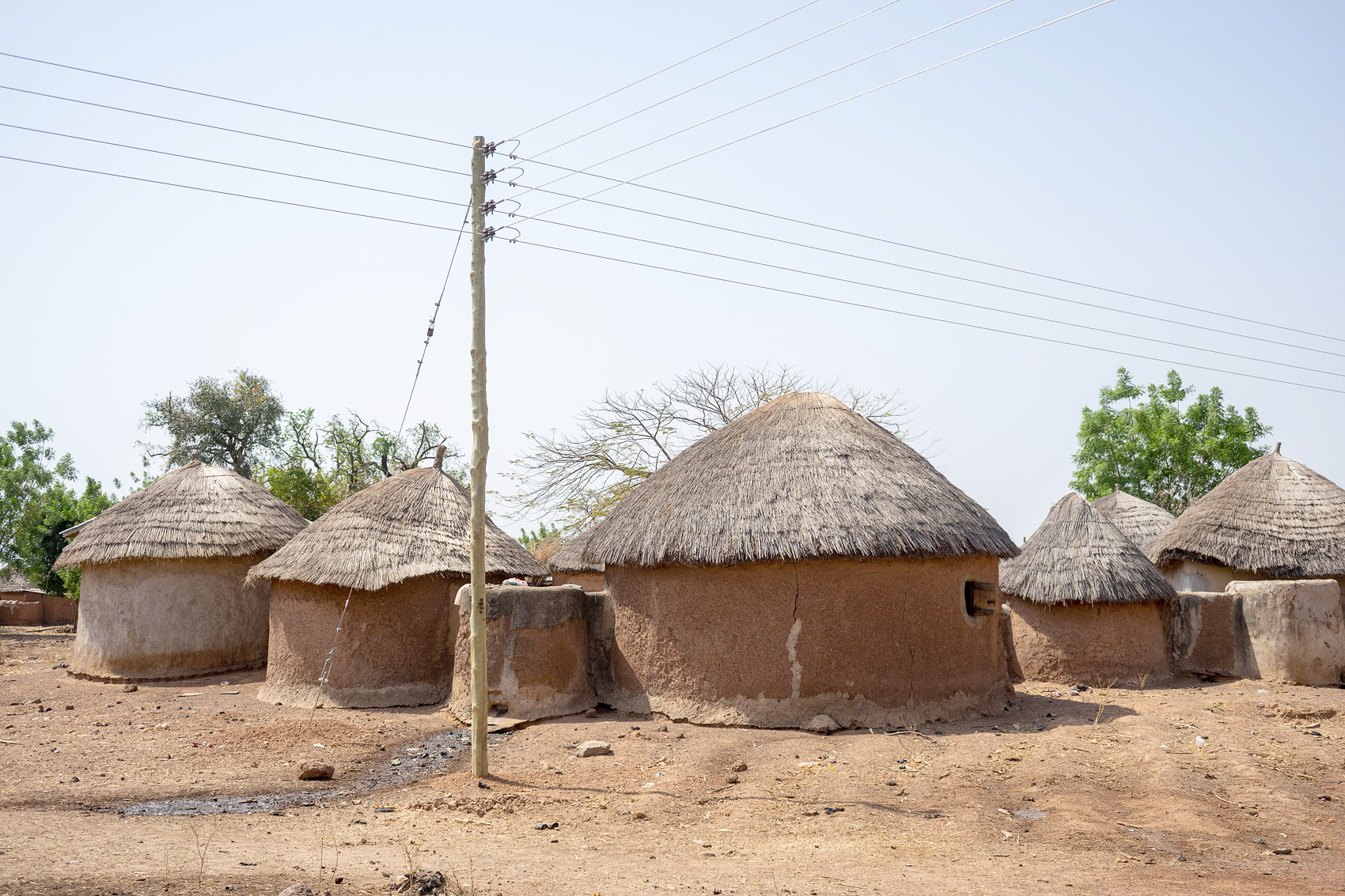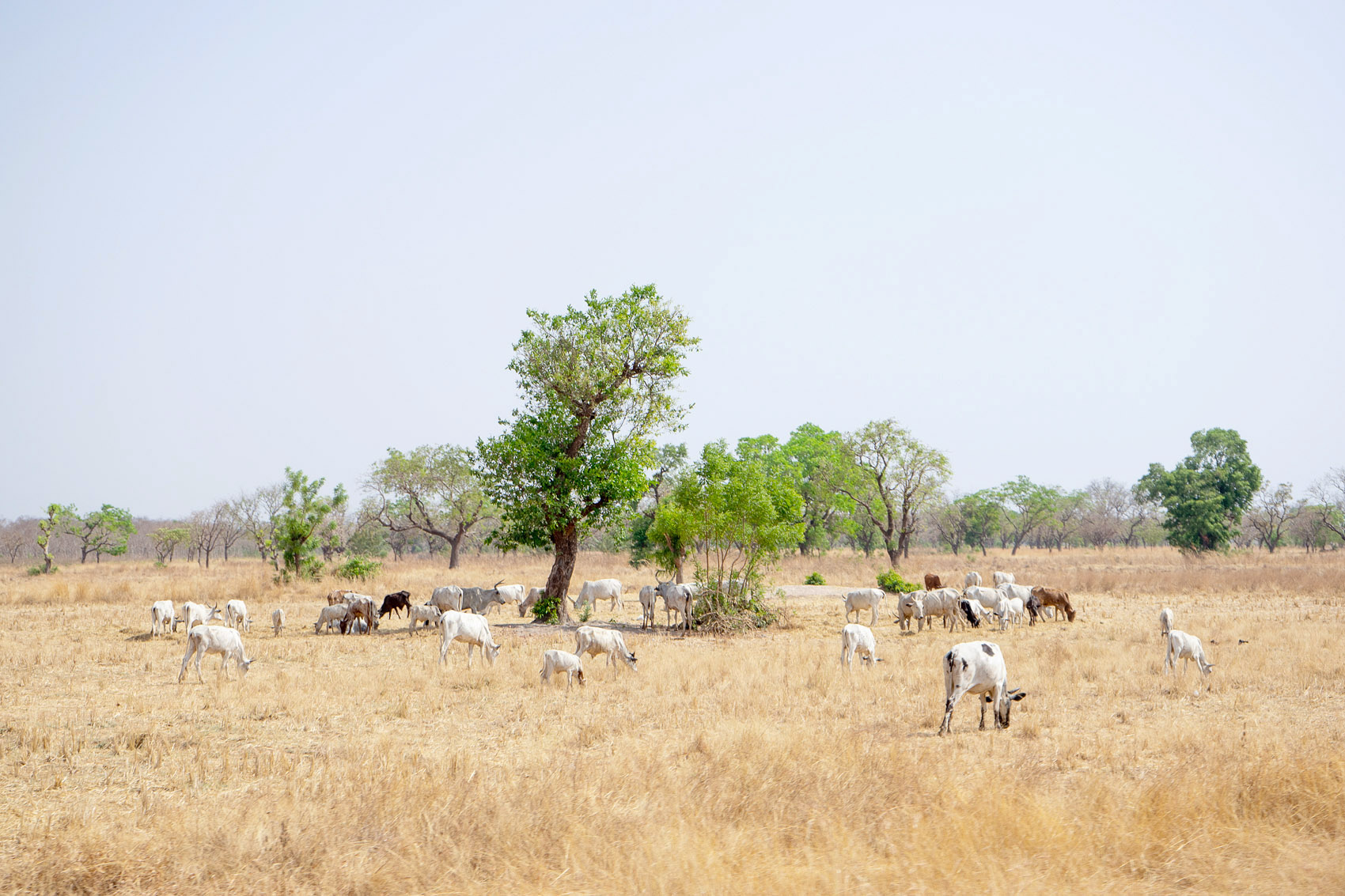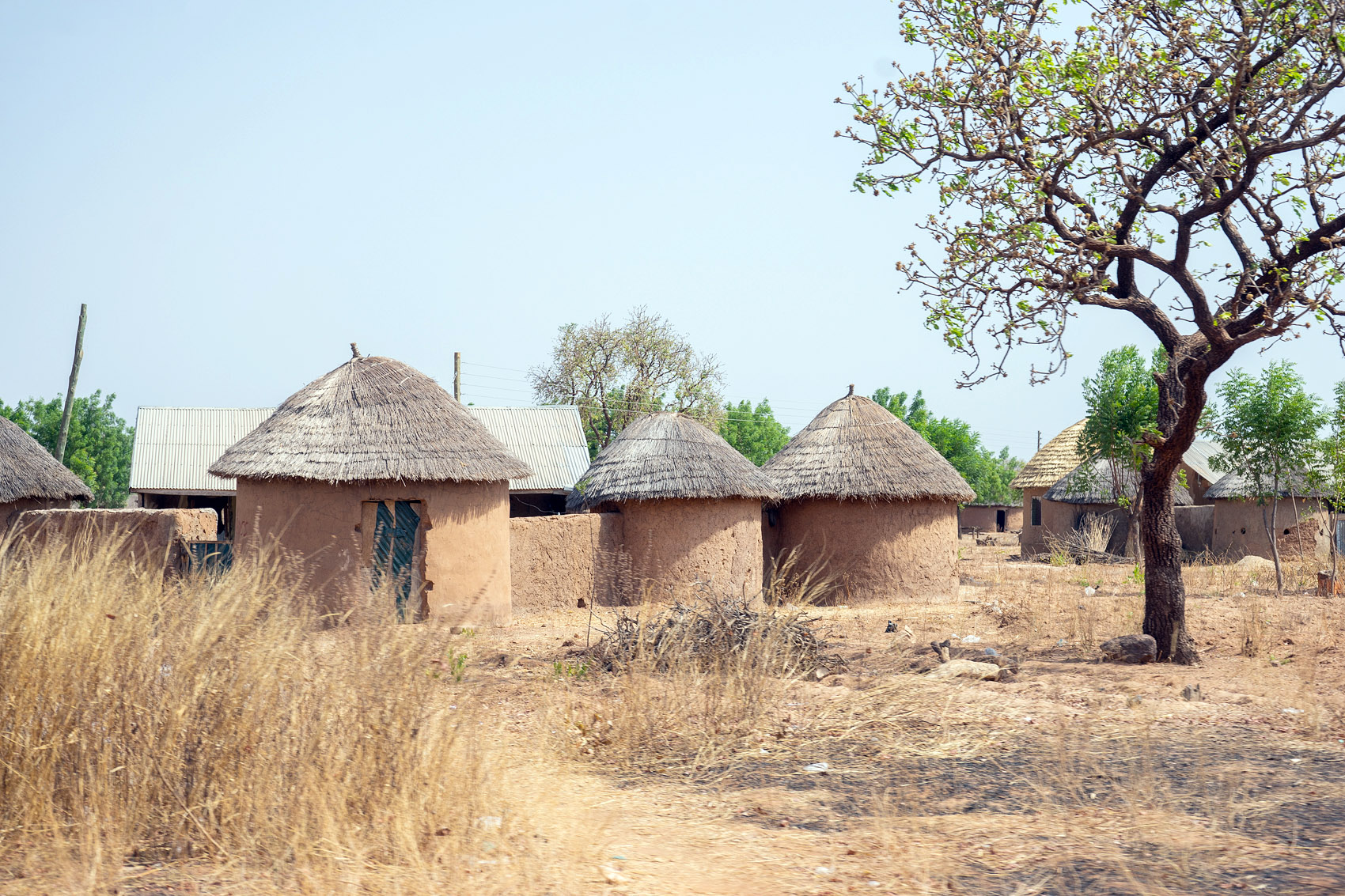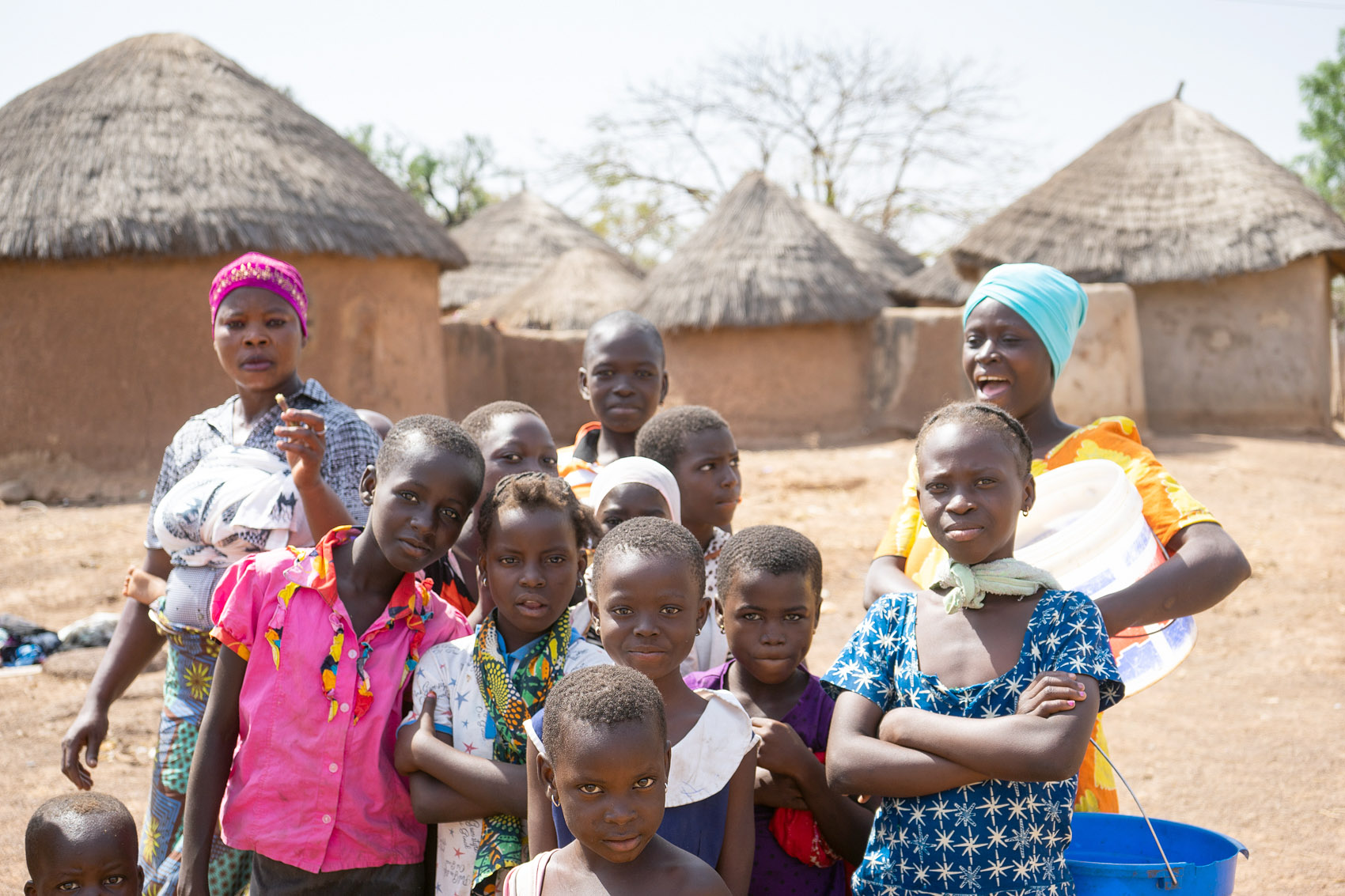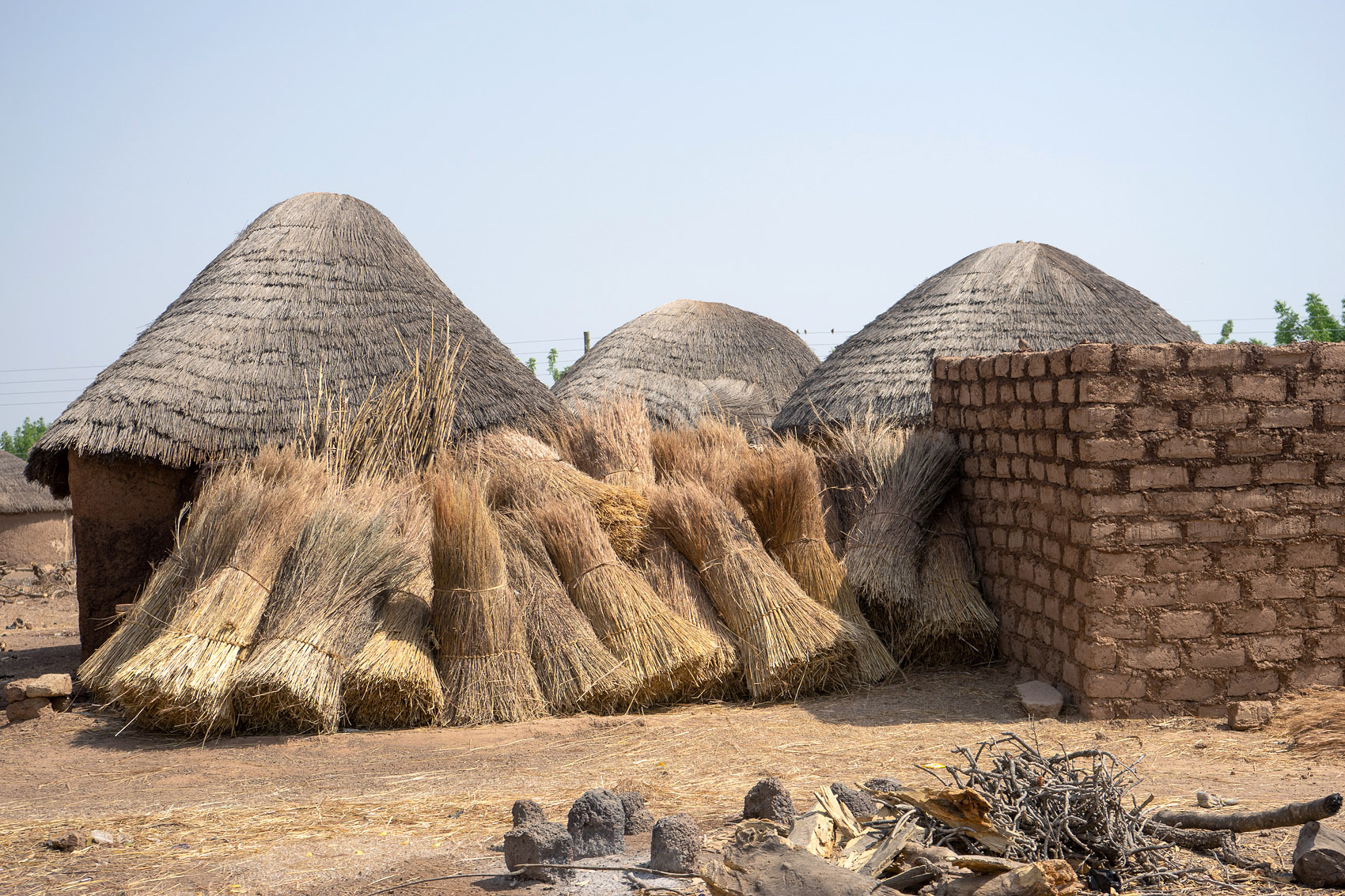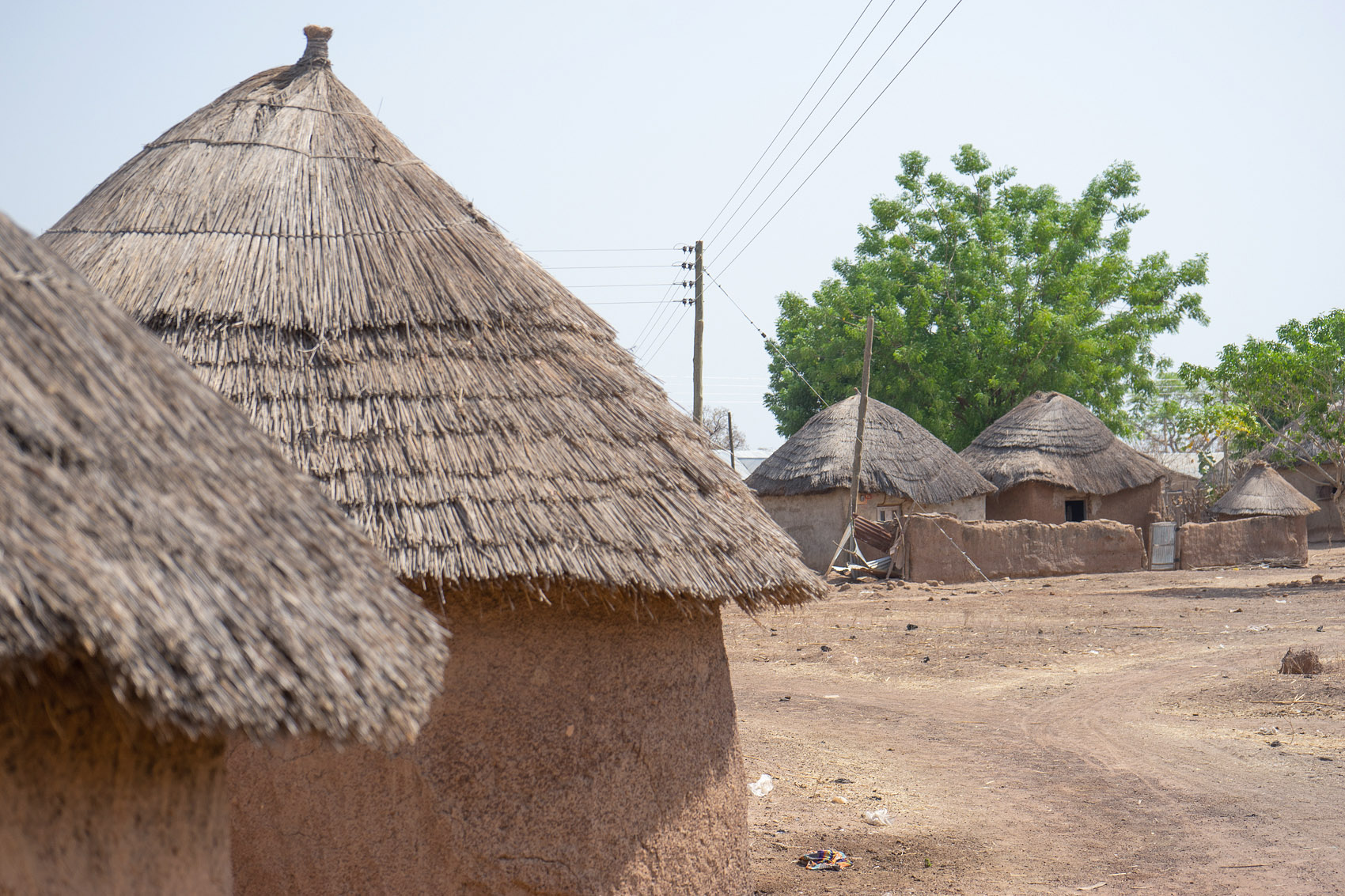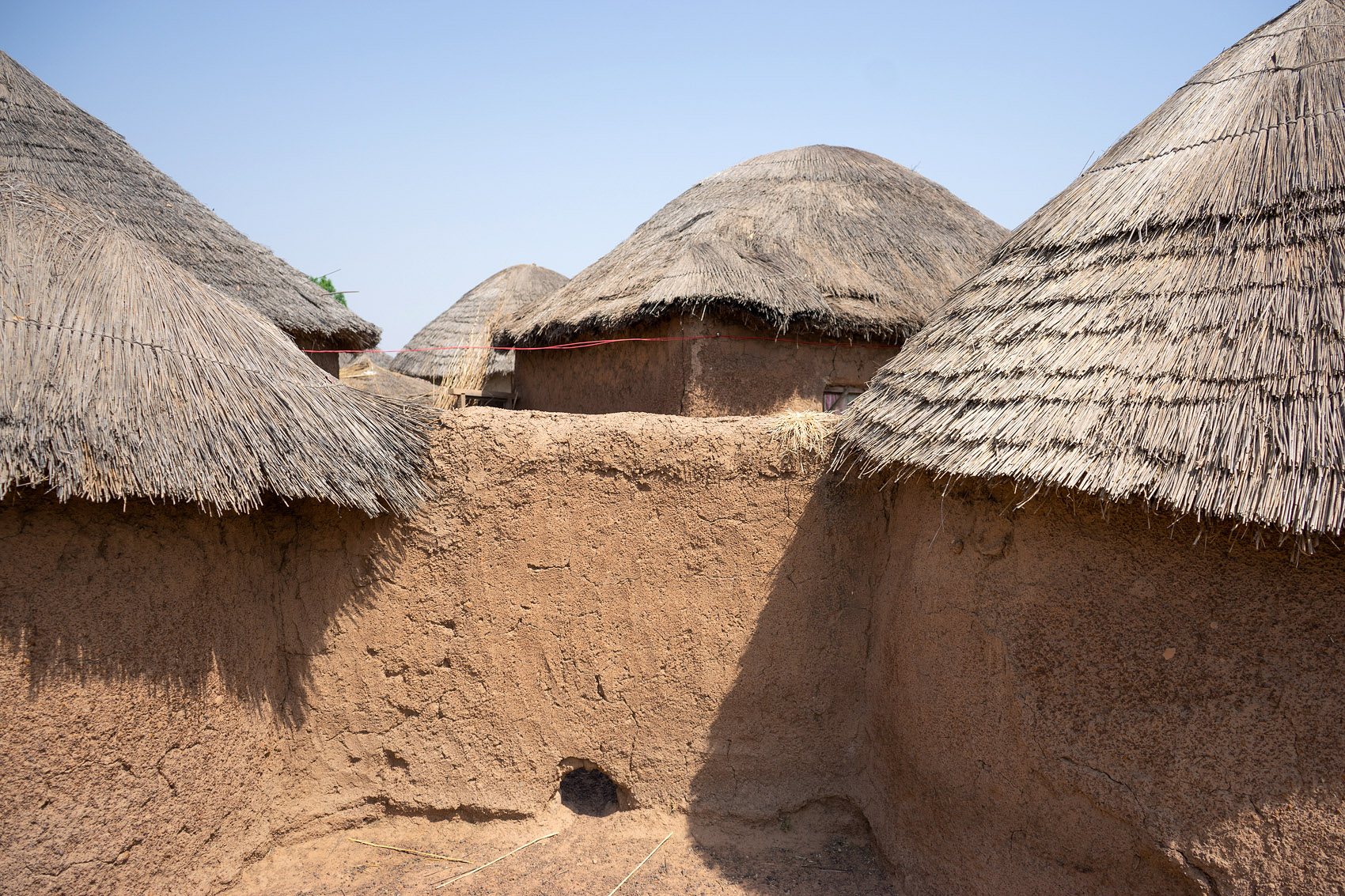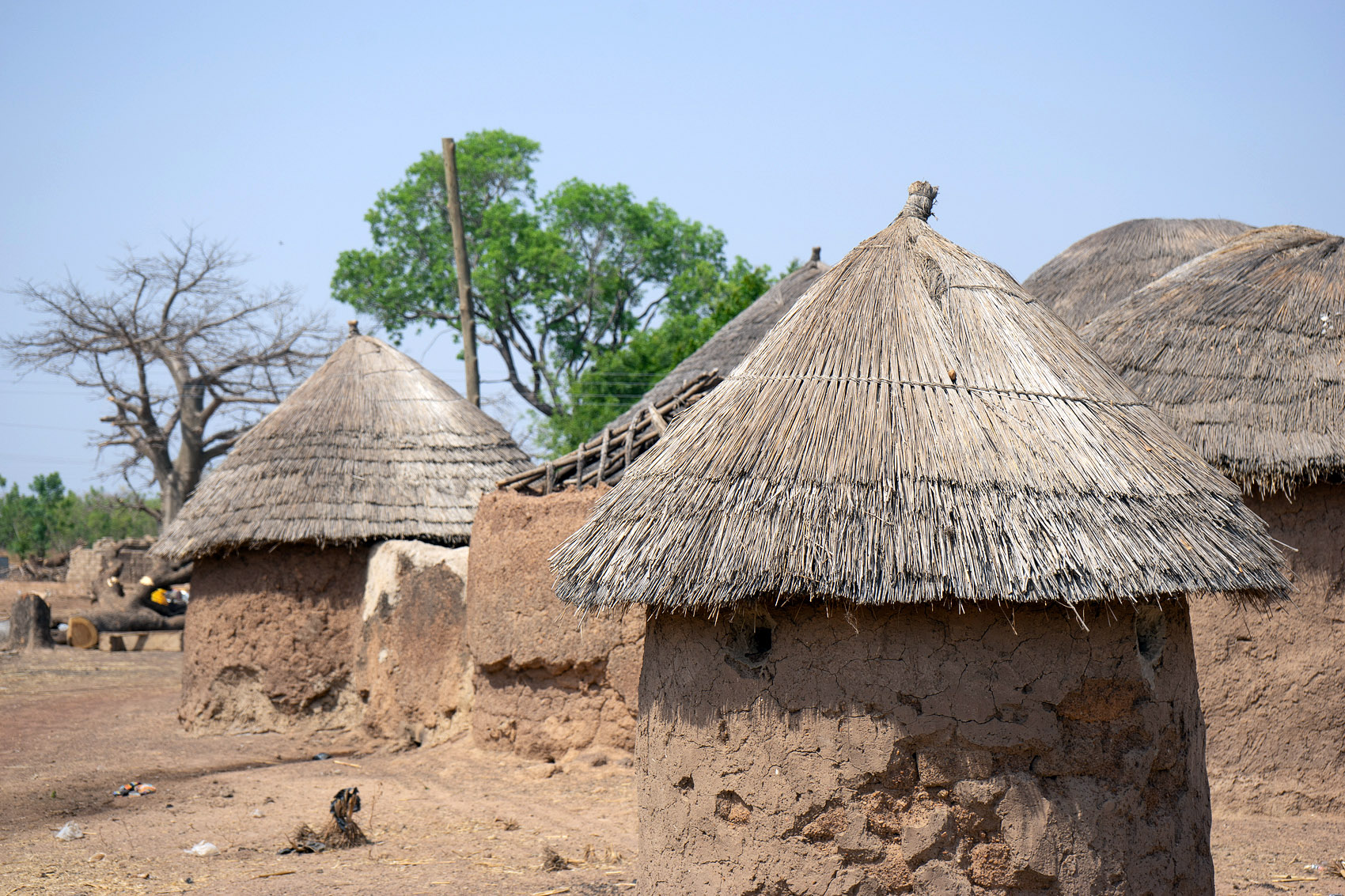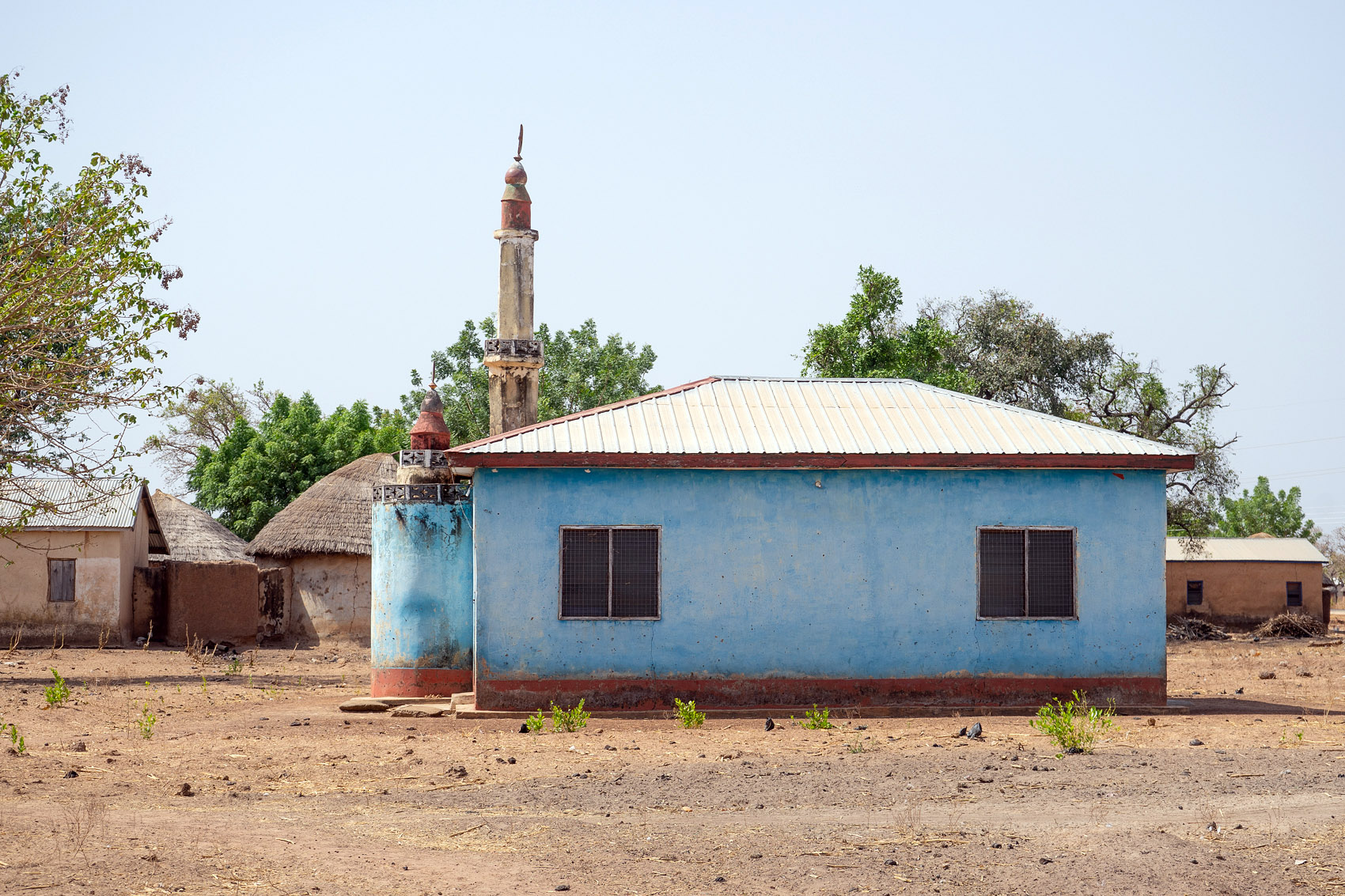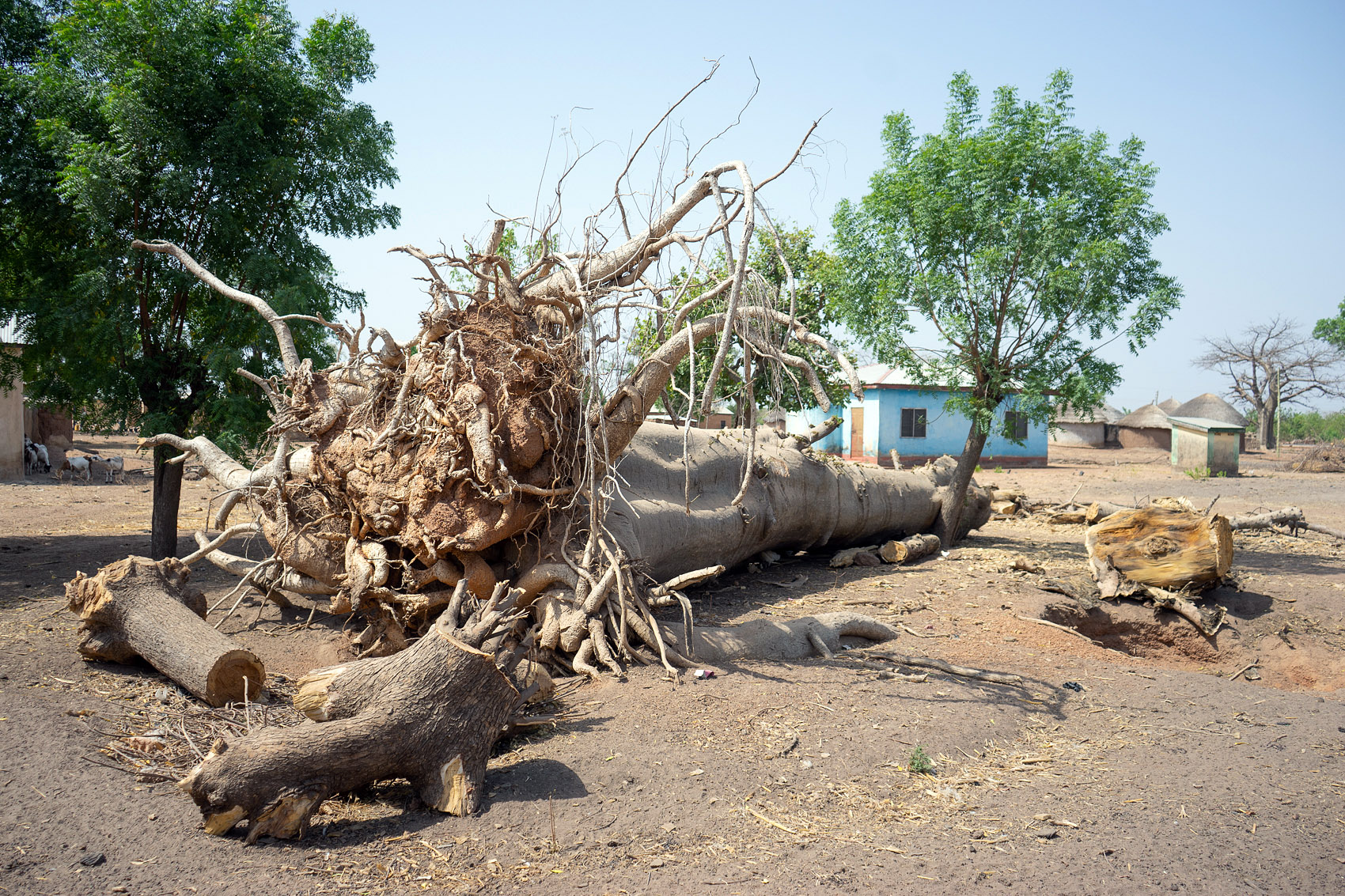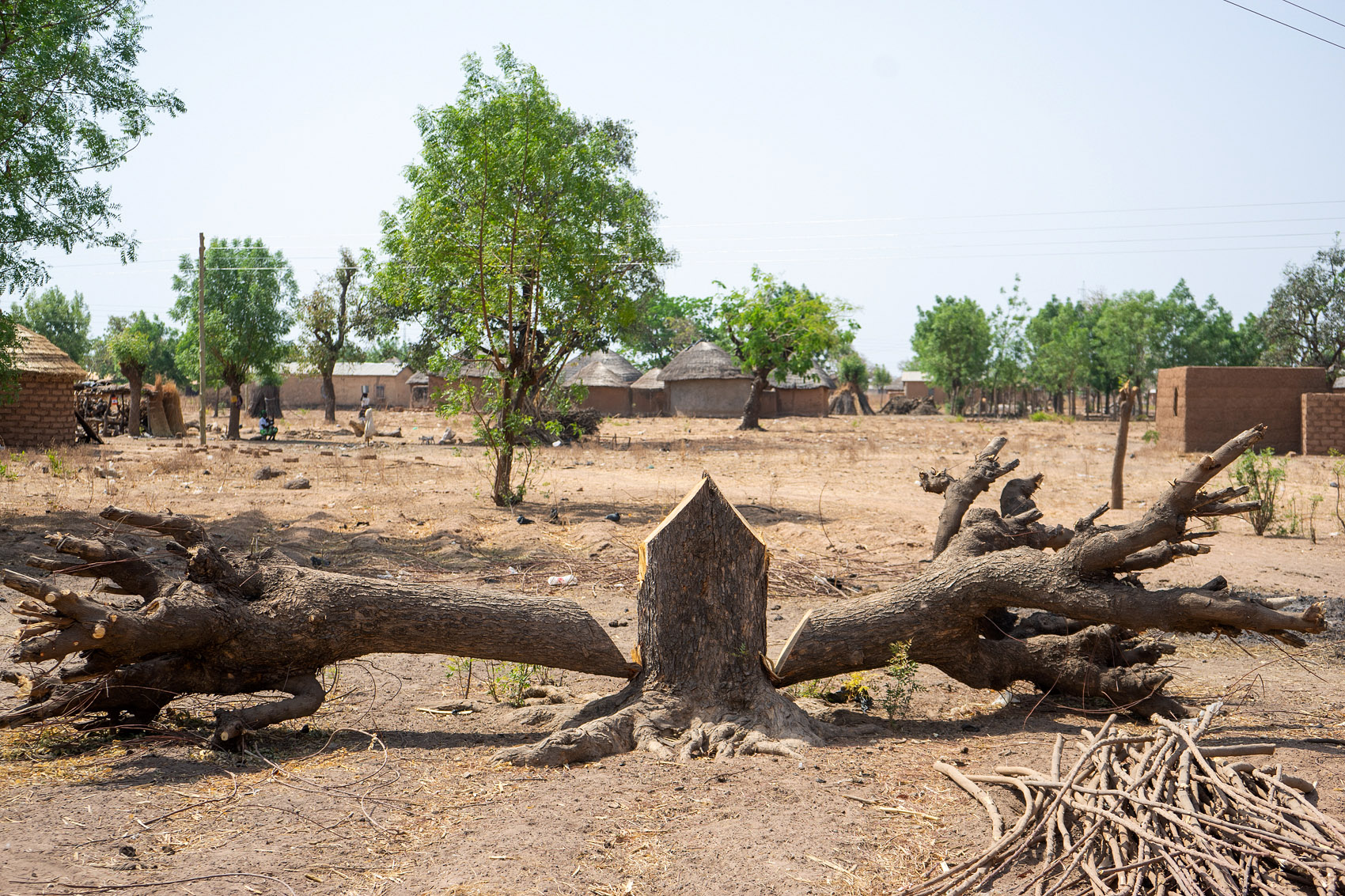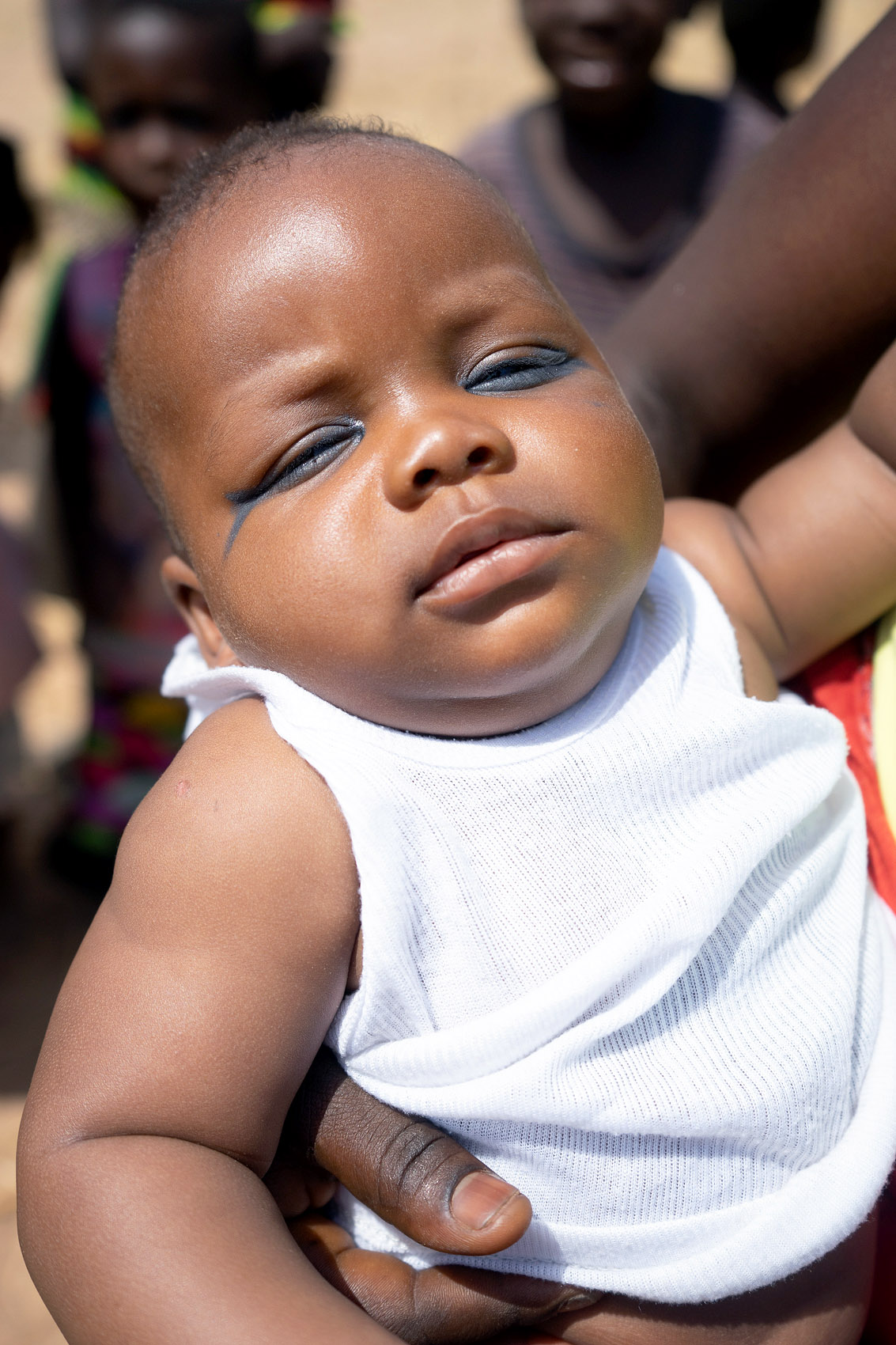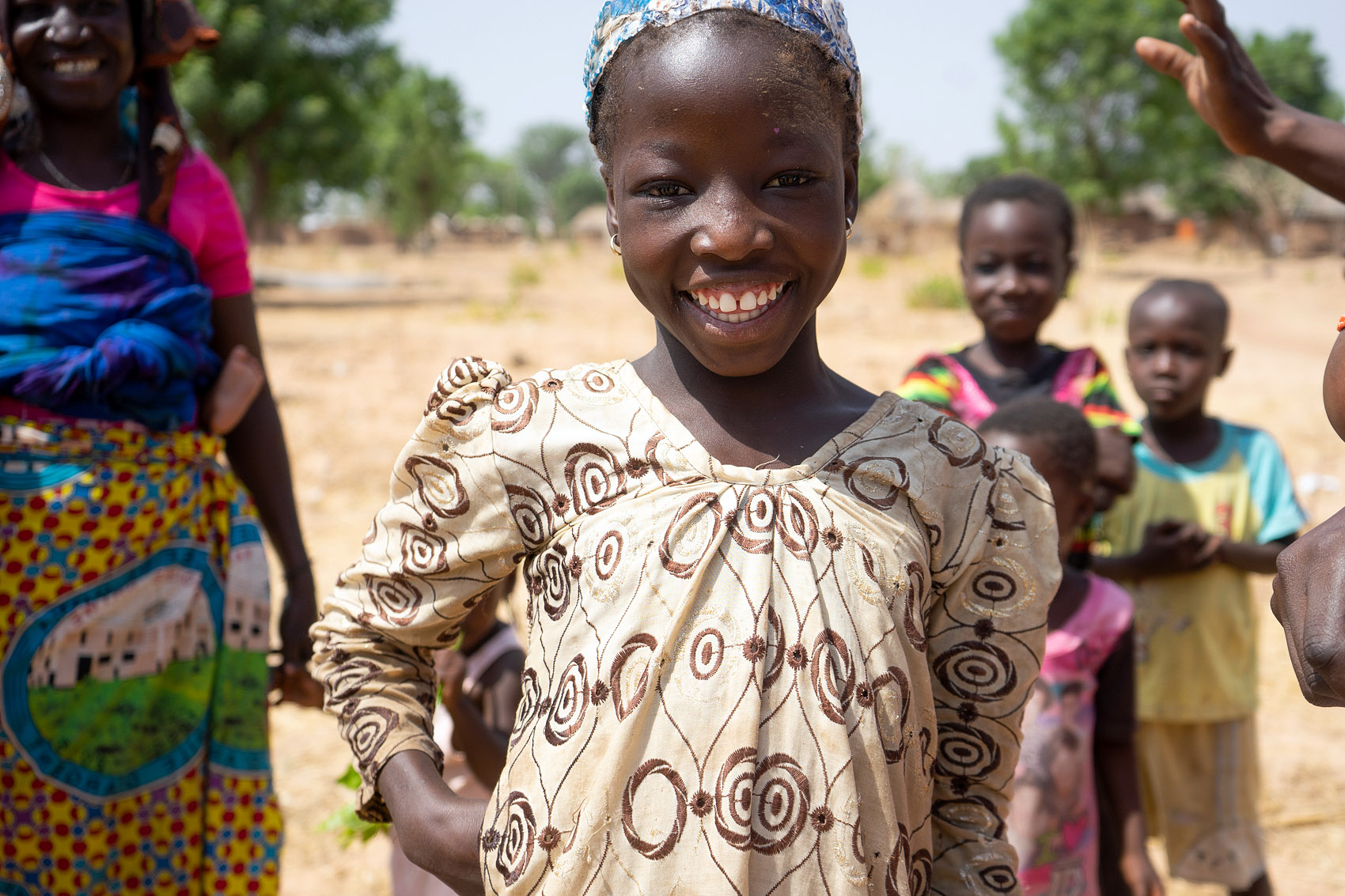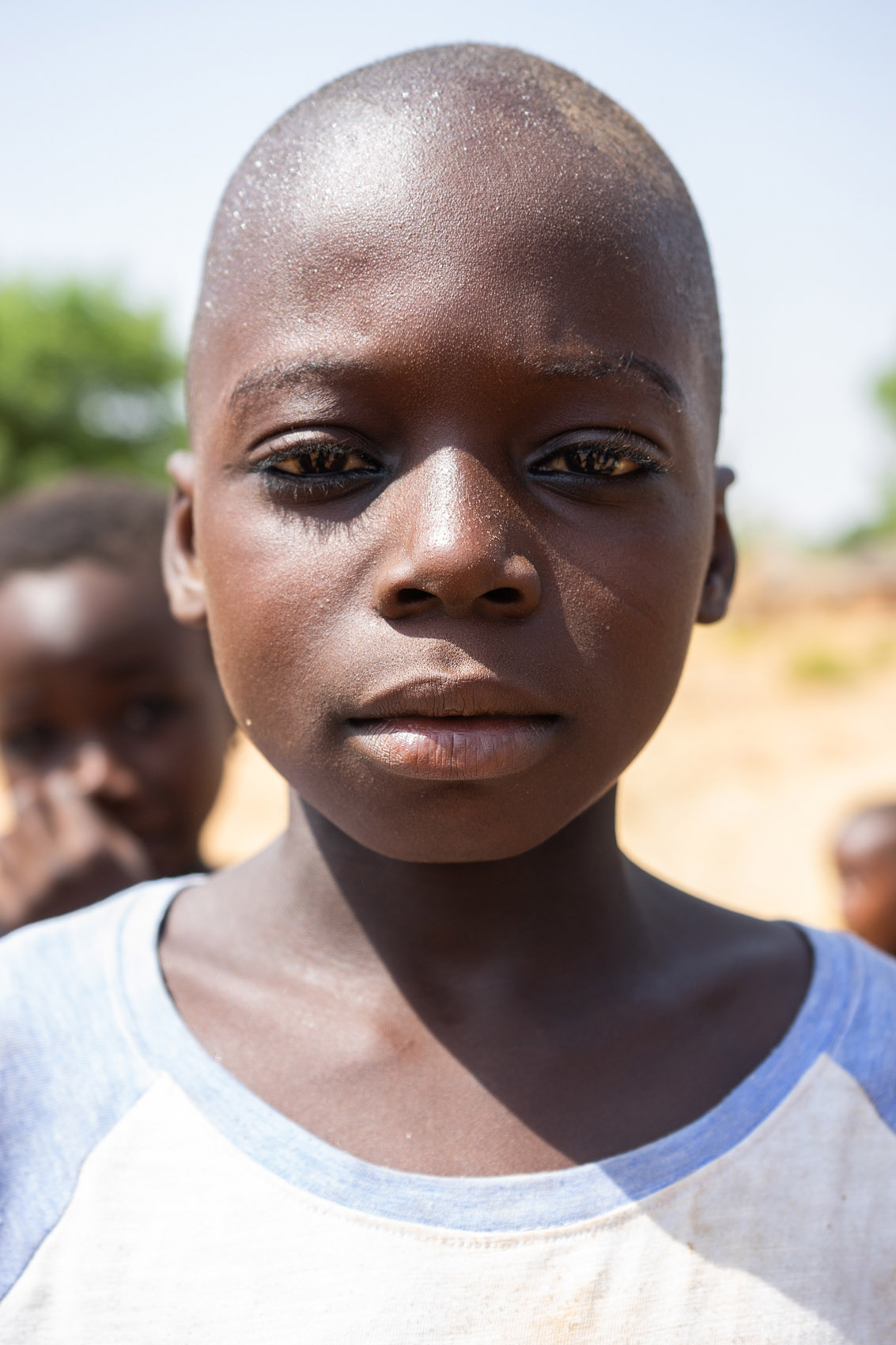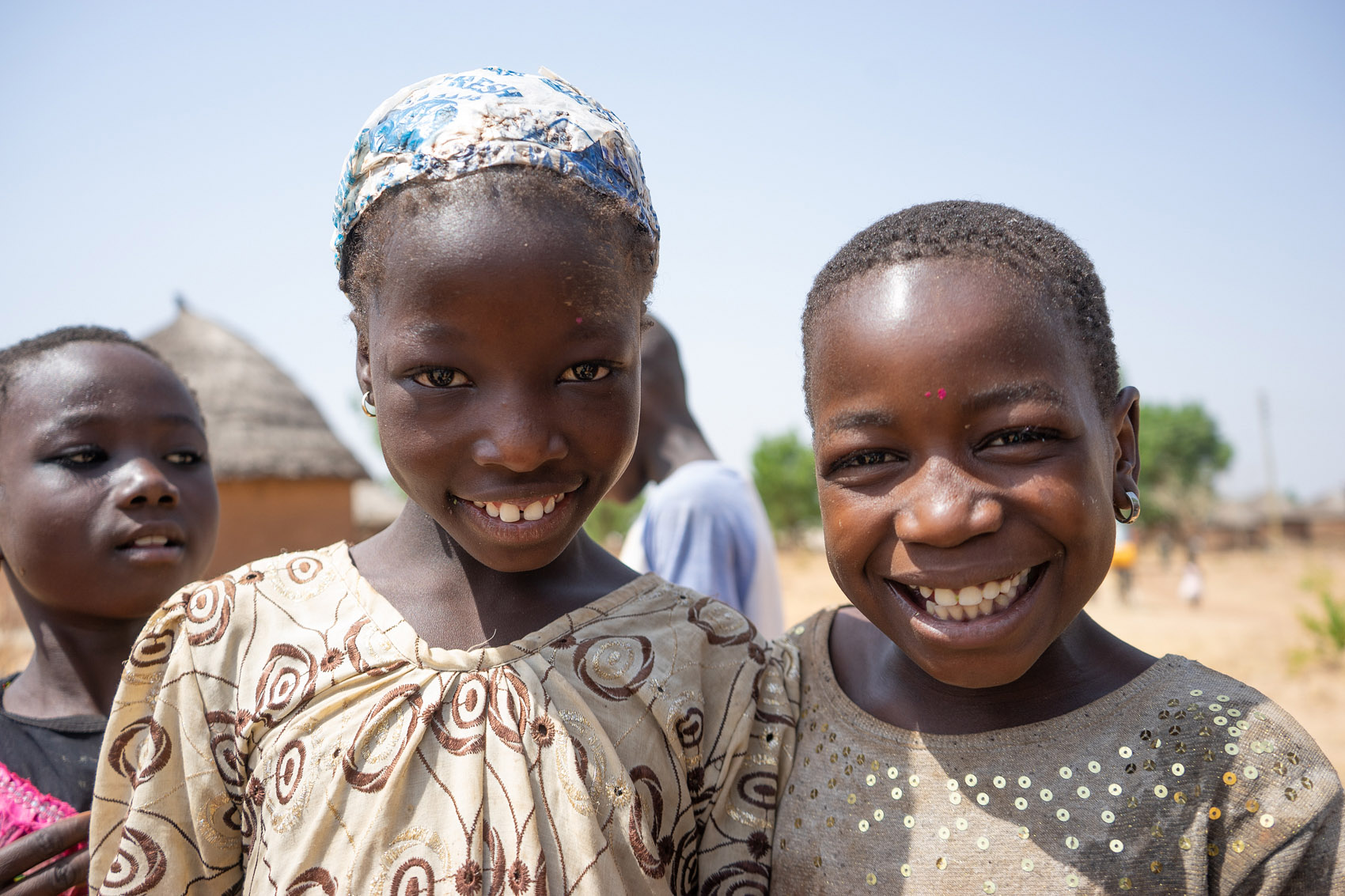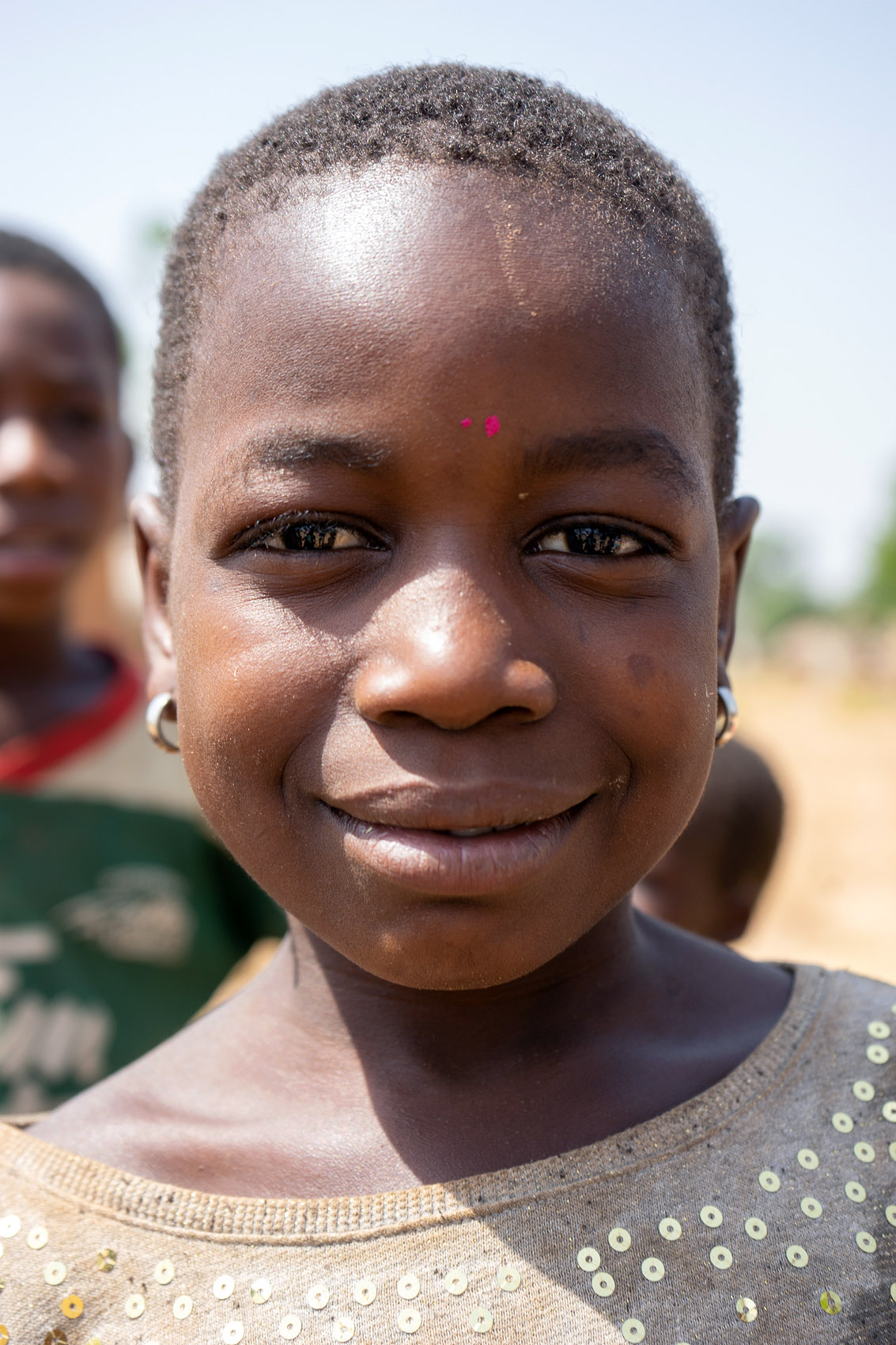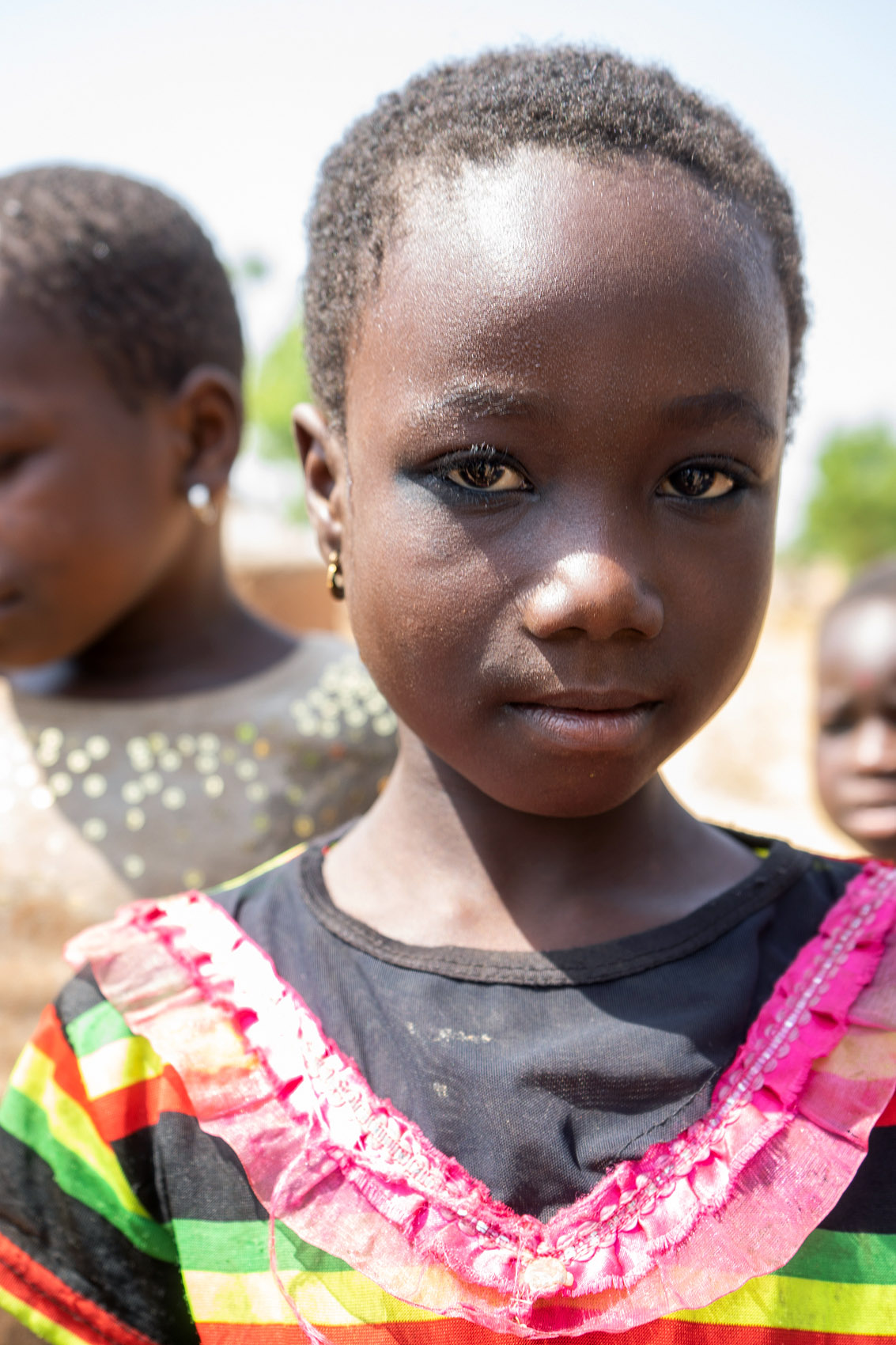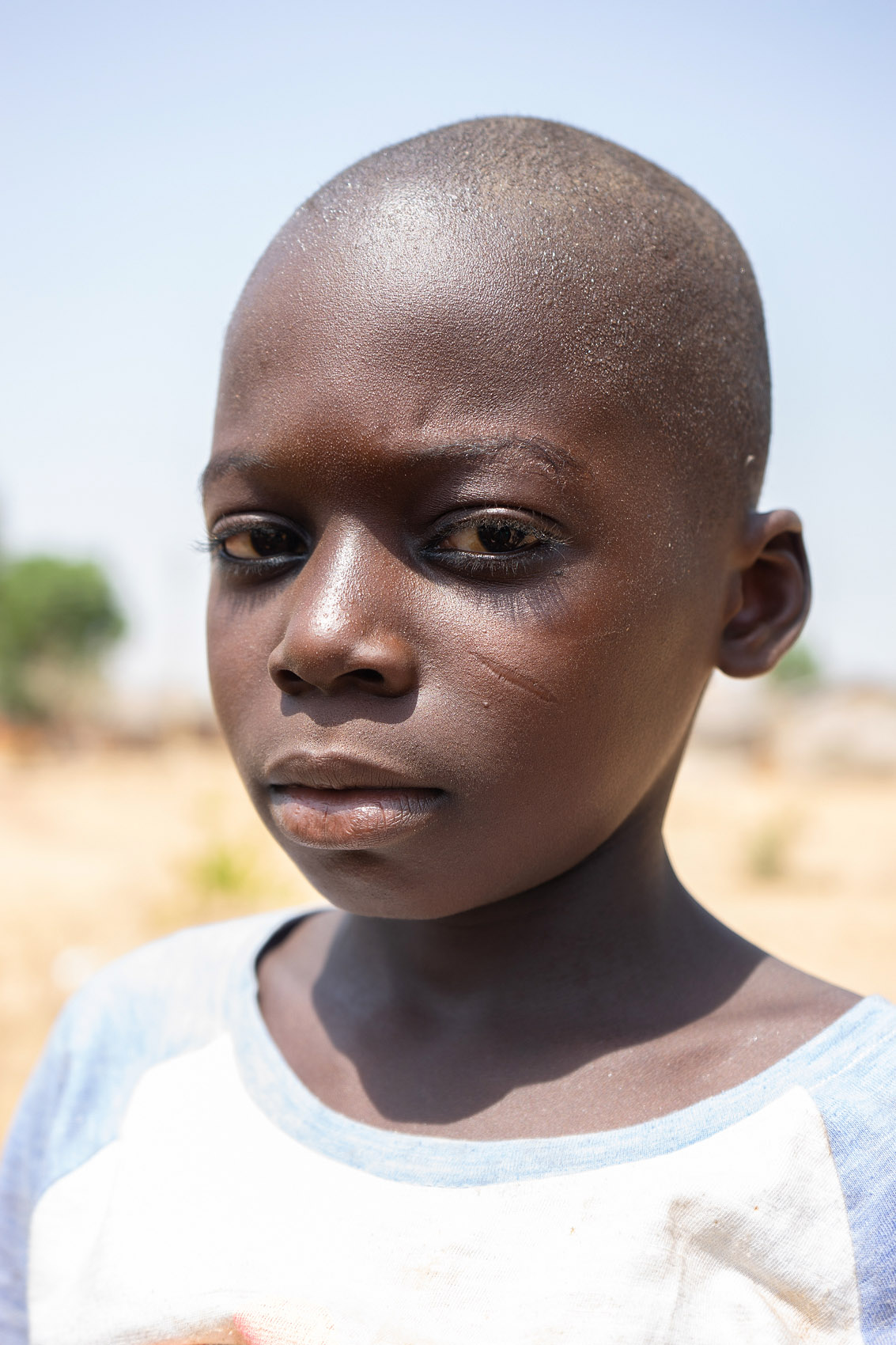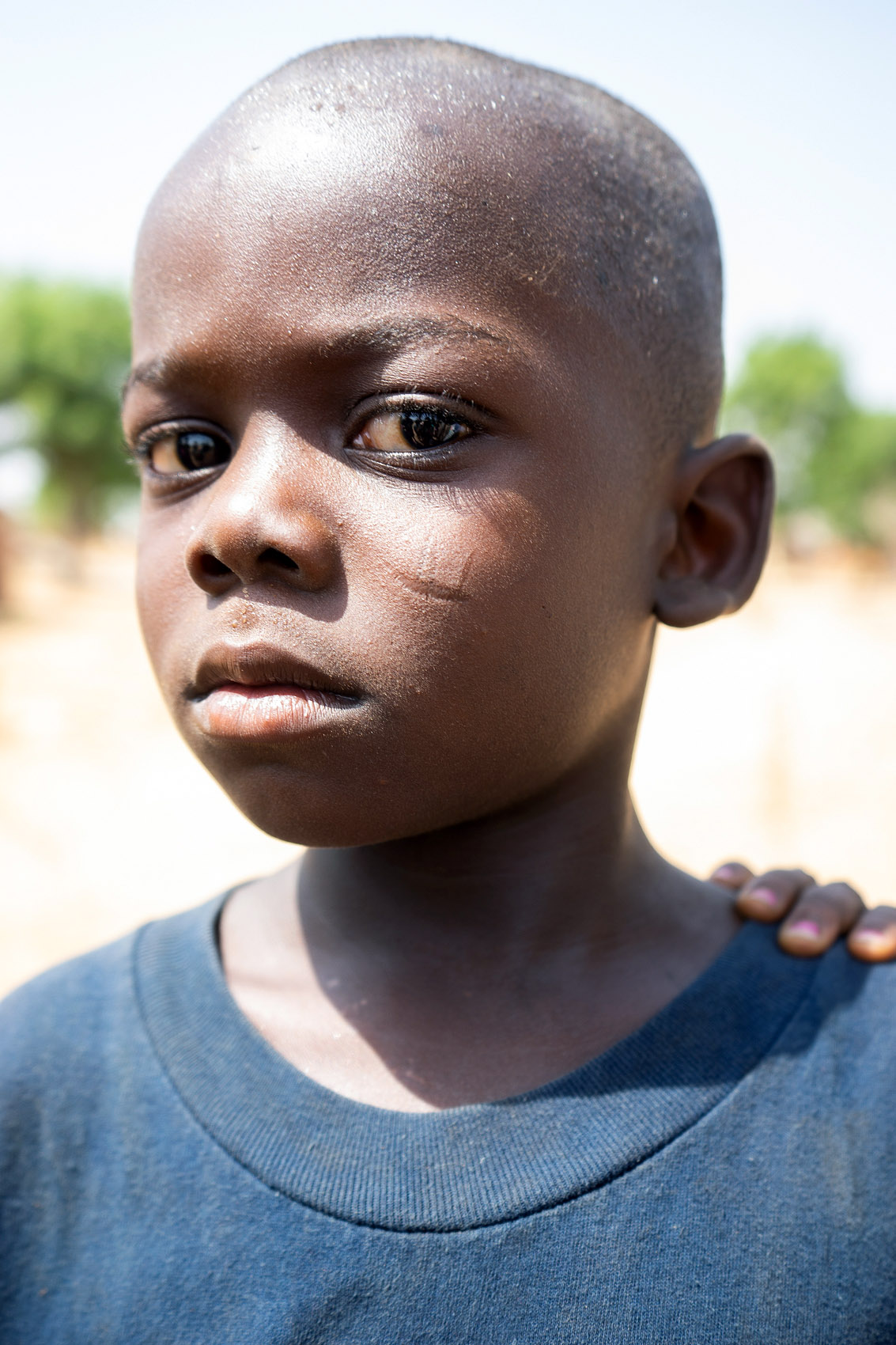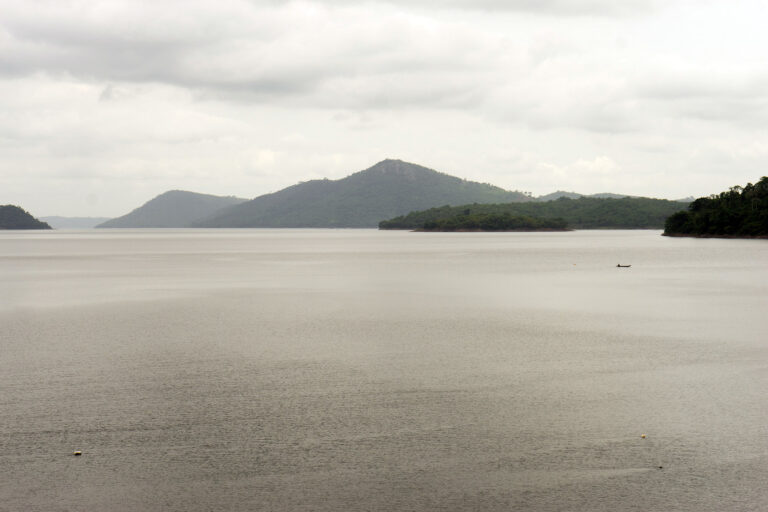Kukuo: Part I
We had heard about a village near Tamale, by the name of Kukuo, known for its pottery-making. It sounded like the perfect opportunity for an excursion, so we went to the bus station, and asked for “Kukuo”. Before long we were rumbling along dirt roads, toward the northwest, until our taxi dropped us off at a smattering of adobe huts. It took us about twenty seconds to realize that no pottery-making was taking place here. But there was a group of villagers, absolutely baffled by the sudden appearance of these two white guys.
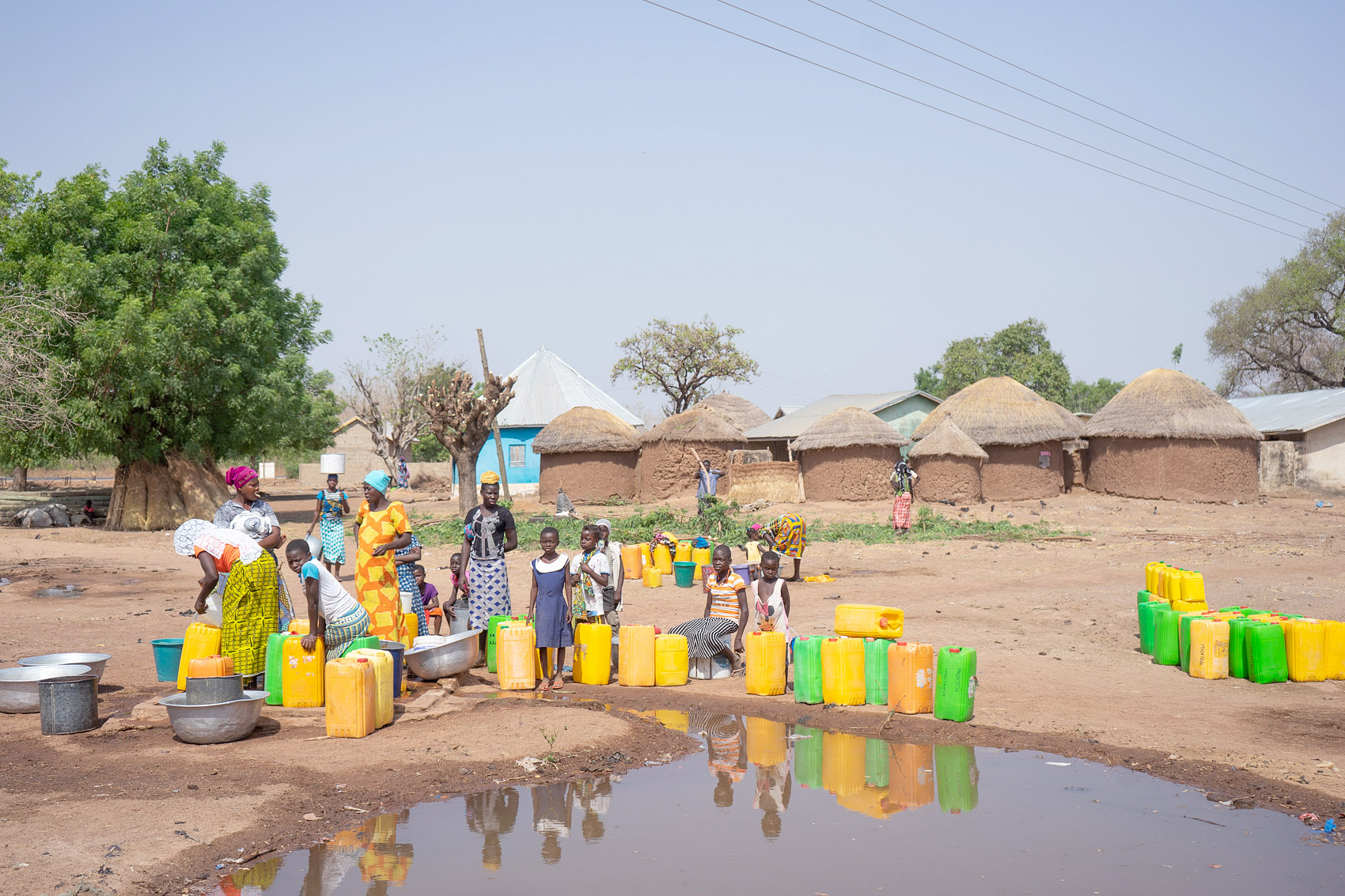
We’d learn later that there are two Kukuo’s in the immediate vicinity of Tamale. We had been taken to Kukuo-Kumbungu. But the pottery village is actually Kukuo-Jekariyili, which happens to be within walking distance of our hotel. Anyway, we were here now in Kukuo-Kumbungu, and decided to make the best of it. There might not have been any pottery, but we’d never been in a random Northern Ghanaian adobe village… so we asked the ensemble of silently-staring rubberneckers whether we could hang out for awhile.
I can’t lie — this was initially an encounter of wicked awkwardness. But it didn’t take long for Kukuo to warm up to us. By which I mean: it didn’t take long until the village’s children to learn about the strange new visitors. Their exuberance was more than a match for their elders’ reticence, and we soon felt reasonably comfortable.
In America and Germany, the natural reaction of a child when presented with a strange adult is to cocoon into an impenetrable ball of shyness. But Ghanaian children have no such hesitance. The instant they spy you, they will sprint forward, on a reckless mission to hug your legs. If you manage to peel them off, you’ll find a little hand now holding yours. If you try and shake the hand off, you’ll find another child using the distraction to climb up your back. The kids here love strangers… which is exactly how it should be! Spying a new adult should be reason for excitement. The children in our countries have been taught to react with fear. When you really think about it, that’s simply not the indication of a healthy culture.
Anyway, with kids hanging from our hands and wrapped around our legs, we attempted to check out the town. There wasn’t much to see, of course, but it was still amazing to be here. The clay huts seem to emerge organically from the earth, dispersed around the area as randomly as trees. Speaking of trees, there were a few magnificent baobabs, clearly important members of the community in their own right, used for shade and meeting spots. I got the impression that the death of a baobab would be cause for great mourning.
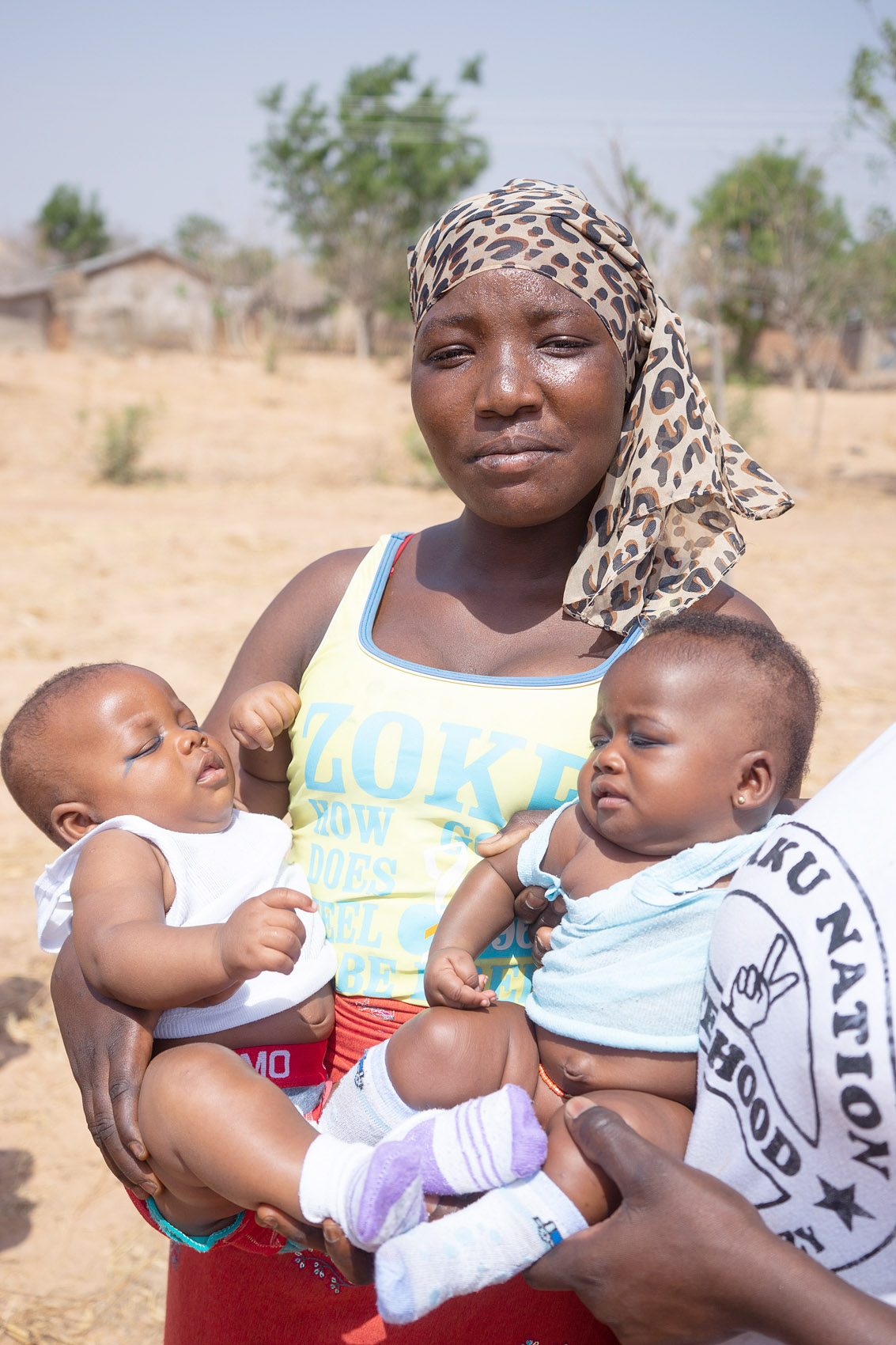
We took pictures, were invited to peek inside some of the homes, and chatted as much as possible with the moms of village, who had long since relaxed around us. We talked with one young woman who’d just had twins — the son, no more than a few months old, was decorated with a striking dark-turquoise shade of mascara under his eyes. This was a fashion trend we’d already noticed among the men of Tamale. Far from effeminate, the effect is ennobling (and a trick I’m thinking seriously about stealing!)
This was an adventure, for sure, but we didn’t overstay our welcome. The people of the village were busy grinding wheat, and our presence was definitely disruptive. The woman who spoke the best English (also the town’s teacher, it turns out) walked us back to the road and explained where to find the other Kukou. But that would be an adventure for another day. We were just hoping it’d be half as cool as this one. (Spoiler alert: it was.)
